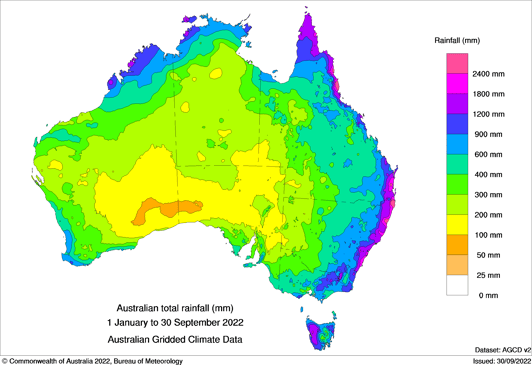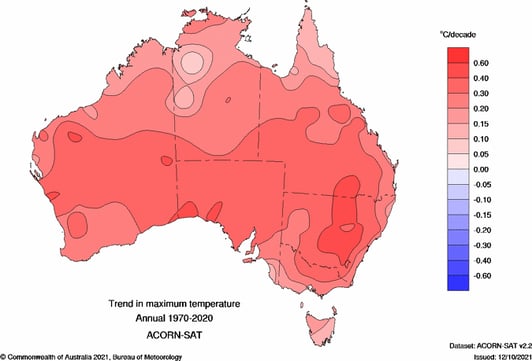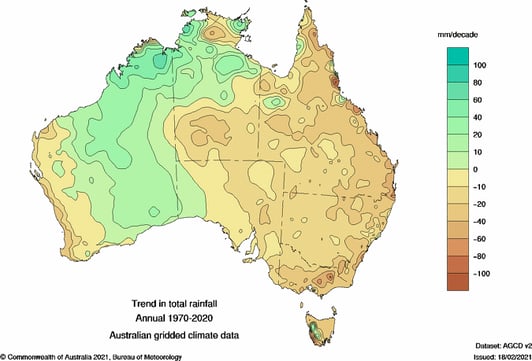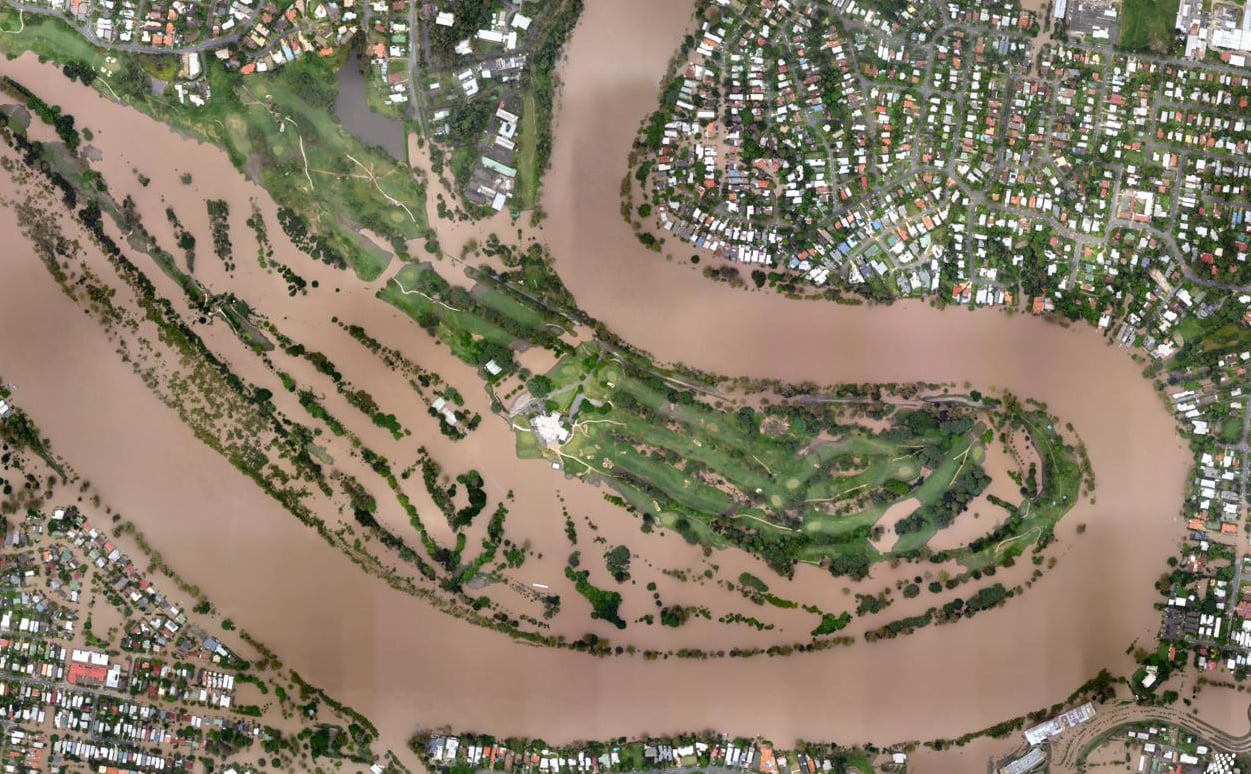The cause of climate change is still being debated; however, there is overwhelming evidence that the climate is changing, and it is impacting the way we manage turf.
As an agricultural science student in the mid-1970s, Senior Turf Agronomist John Neylan was introduced to the concept of the greenhouse effect due to the increase in atmospheric carbon dioxide and the potential impact on agricultural production. Since the turn of the century, the discussion has become more robust and widespread as scientific evidence has accumulated.
The development and maintenance of turf areas that are fit for purpose not only provide areas for recreation but are also important for heat dissipation, acting as a carbon sink and providing niches of great biodiversity. The challenge in a changing climate is to be able to maintain turf areas in a sustainable manner that doesn’t divert valuable resources from other sectors.
Hatfield (2017), in his review paper on the impacts of climate change on turf, stated that the changes in temperature, precipitation, humidity, solar radiation, and CO2 - that are expected to occur over the next 30 to 40 years - will affect biological systems; however, not all to the same degree. Hatfield highlights that future variations will not be uniform in either space or time and require a more localized view of the impacts. This means that every turf situation needs to be assessed in a local sense and plans made to mitigate what are identified as the key risks and impacts.
What is climate change?
Climate Change is often associated with droughts and high temperatures; however, recent events on the east coast of Australia highlight the extremes and, in particular, the impacts of intense rainfall events and the associated floods.
The United Nations Climate Action defines Climate Change as the long-term shifts in temperatures and weather patterns. These shifts may be natural, such as through variations in the solar cycle. But since the 1800s, human activities have been the main driver of climate change, primarily due to burning fossil fuels like coal, oil and gas.
How is Australia's climate changing?
The State of the Climate report is produced every two years by the Bureau of Meteorology and CSIRO, with the most recent report prepared in 2020. It provides an overview of the latest knowledge on how the climate is changing and how it will continue to change in the future.
The key points in relation to Australian Climate Variability and Change that will affect turf management are as follows:
- Australia’s climate has warmed by about 1.44°C since 1910, increasing the frequency of extreme heat events.
- Warming has occurred across Australia in all months, with both day and night-time temperatures increasing.
- In the southeast of Australia, there has been a decline of around 12 per cent in April to October rainfall since the late 1990s.
- There has been a decline of around 16 per cent in April to October rainfall in the southwest of Australia since 1970.
- There has been a decrease in streamflow at most streamflow gauges across southern Australia since 1975.
- Rainfall and streamflow have increased across parts of northern Australia since the 1970s.


Rainfall totals in 2021 compared to rainfall totals in 2022.
Source: Bureau of Meteorology


On the left is the trend in maximum temperature recorded between 1970 and 2020. On the right is the trend in total rainfall recorded between 1970 and 2020.
Source: Bureau of Meteorology
In the coming years, Australia will experience ongoing changes to its climate and is projected to see:
- Continued increases in air temperatures, more heat extremes and fewer cold extremes.
- Mid-latitude weather systems are projected to shift south in winter and the tropics to expand.
- Cool-season rainfall is projected to decline in southern Australia.
- Extreme rain events are projected to become more intense.
- Time in drought is projected to increase in southern Australia, with a greater frequency of severe droughts.
- More sunshine is projected in winter and spring, with lower relative humidity and higher evaporation rates throughout the year.
- Soil moisture is projected to decrease, and future runoff will decrease where rainfall is projected to decrease.

Aerial view of a flooded gold course in Queensland, highlighting the challenges of extreme rainfall events.
Source: Nearmap
In a future blog post, we will investigate how climate change can affect turf management in Australia and what solutions turf managers should consider for adapting themselves to a changing climate.
References
Beard, J. B. 1973. Turfgrass: Science and Culture. Prentice-Hall Inc. Englewood Cliffs, N.J.
Hatfield, J. 2017. Turfgrass and Climate Change. Agron. J. 109:1708–1718 (2017).
Return to the main blog page.

